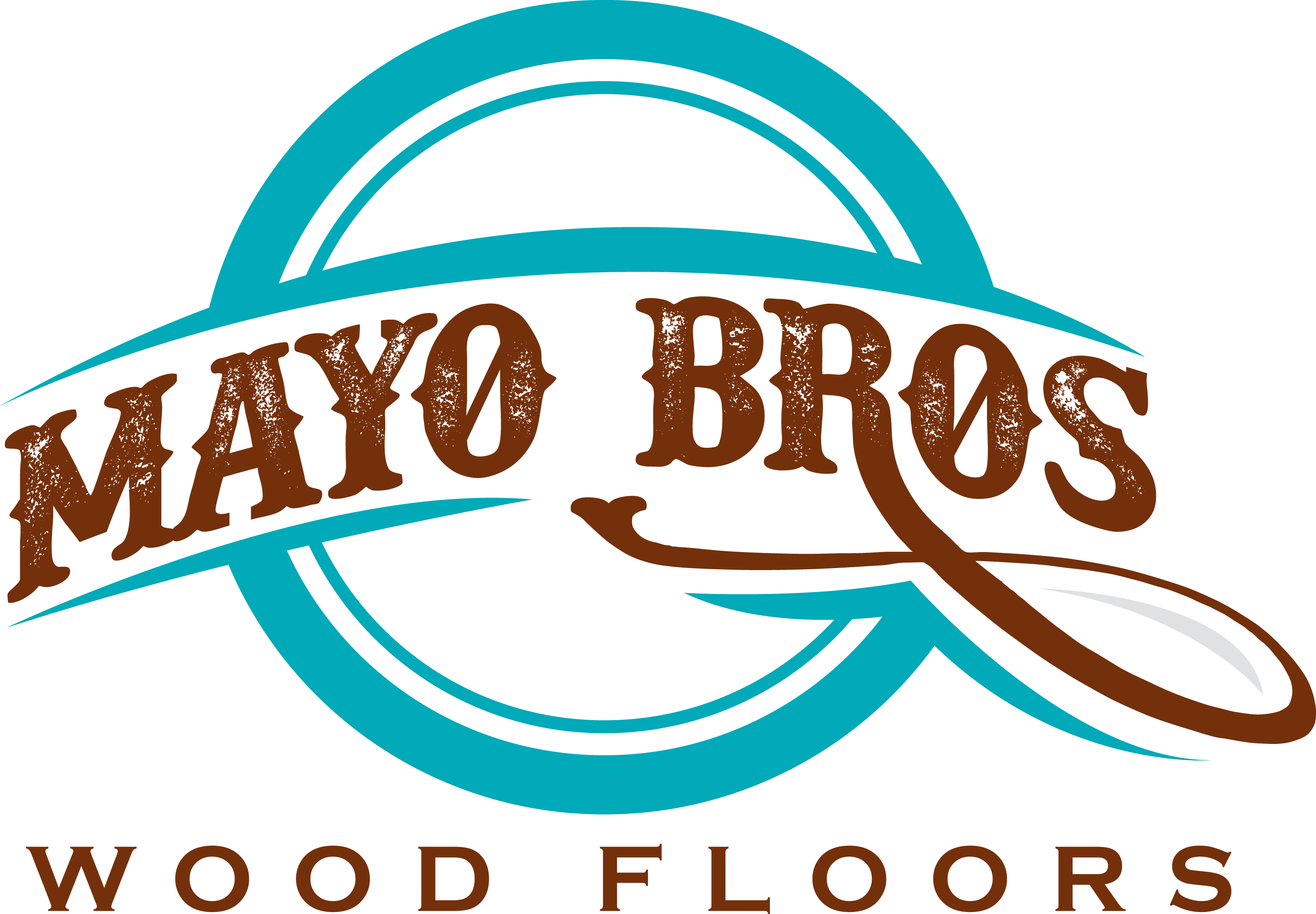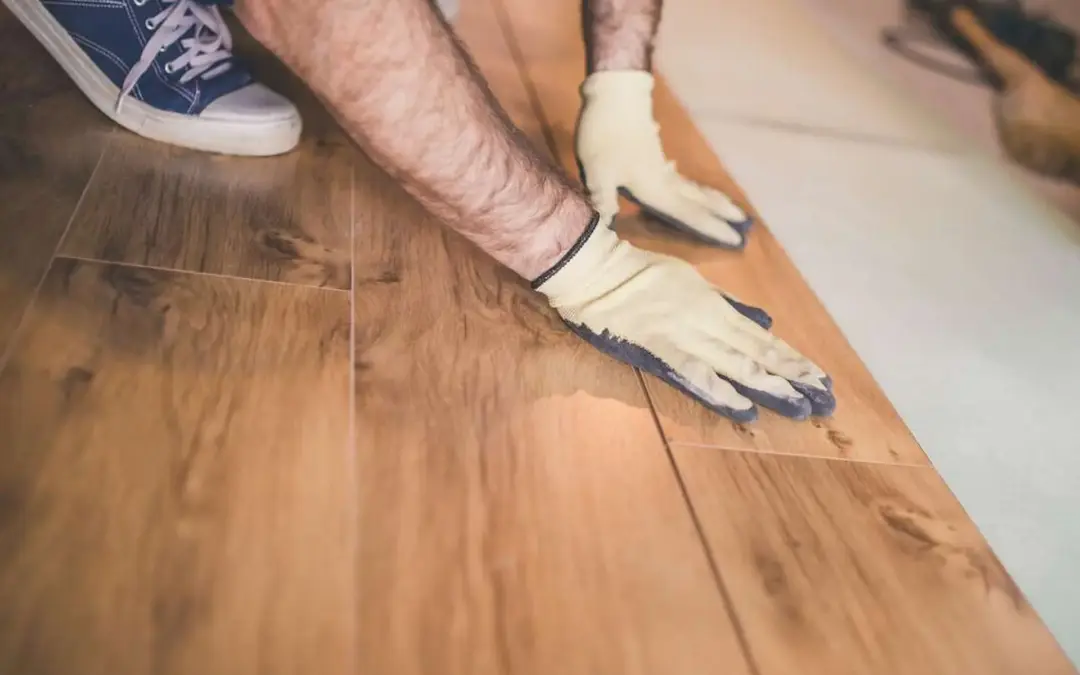Introduction
When it comes to renovating or constructing a space, choosing the right flooring is crucial. Wood flooring is a popular choice due to its timeless appeal, durability, and versatility. However, before you embark on a wood flooring installation project, it’s essential to estimate the costs accurately. This article will guide you through the process of estimating wood flooring installation, helping you plan your project effectively and avoid any unpleasant surprises along the way.
Understanding the importance of estimating wood flooring installation
Accurate estimation is key to the success of any home improvement project, and wood flooring installation is no exception. Here are some reasons why estimating wood flooring installation is crucial:
Benefits of accurate estimates: Estimating the cost of wood flooring installation allows you to plan your budget effectively and make informed decisions. It ensures you have a clear understanding of the financial aspects involved, helping you avoid unexpected expenses and unnecessary stress.
Avoiding cost overruns: Without proper estimation, you risk underestimating the costs and running into financial difficulties midway through the project. Accurate estimates help you avoid cost overruns, ensuring you have sufficient funds to complete the installation without compromising on quality.
Factors to consider when estimating wood flooring installation
Several factors influence the cost of wood flooring installation. Consider the following factors when estimating the project:
Room size and shape: The size and shape of the room play a significant role in determining the amount of wood flooring required and the complexity of the installation process.
Wood flooring type and quality: Different wood flooring types and qualities have varying price ranges. Hardwood, engineered wood, and laminate are popular options, each with its unique characteristics and cost implications.
Subfloor condition: The condition of the subfloor can impact the installation process and costs. If the subfloor requires repairs or leveling, additional expenses may arise.
Installation method: The installation method you choose can affect the cost. Nail-down, glue-down, and floating installations each have their own requirements and associated expenses.
Additional features and requirements: Factors such as baseboards, transitions, underlayment, and floor preparation can add to the overall cost. Consider these additional features and requirements when estimating the project.
Step-by-step process for estimating wood flooring installation
To estimate wood flooring installation accurately, follow these step-by-step guidelines:
Measure the room: Begin by measuring the length and width of the room. For irregularly shaped rooms, divide them into smaller sections and measure each separately.
Calculate square footage: Multiply the length and width of the room to determine the square footage. For example, if the room measures 15 feet by 20 feet, the total square footage is 300 square feet.
Consider waste factors: It’s crucial to account for waste factors, as not all wood flooring can be used due to cuts, trimmings, and damaged pieces. Industry-standard waste factors usually range between 5% and 10%.
Determine wood flooring quantity: Subtract the waste factor from the total square footage and divide it by the coverage per box or plank to determine the quantity of wood flooring needed.
Account for additional materials and labor: In addition to wood flooring, consider the cost of underlayment, adhesive or nails, moisture barriers, and the labor required for installation. These additional materials and labor costs should be included in the estimation.
Calculate cost: Once you have determined the quantity of wood flooring and accounted for additional materials and labor, multiply these figures by the respective costs to calculate the overall cost of the installation.
Tips for accurate estimates
To ensure your estimates are as accurate as possible, consider the following tips:
Double-check measurements: Accuracy is crucial when it comes to measuring the room and calculating square footage. Double-check all measurements to avoid errors.
Consider hidden costs: Don’t forget to include hidden costs such as delivery fees, disposal fees for old flooring, and any unforeseen expenses that may arise during the installation process.
Account for potential issues: Anticipate potential issues that may require additional materials or labor, such as uneven subfloors or damaged sections that need replacement.
Consult with professionals: If you’re unsure about any aspect of the estimation process, consult with flooring professionals or contractors who can provide guidance and valuable insights based on their expertise and experience.
Conclusion
Estimating wood flooring installation is a crucial step in planning your project and ensuring its success. By considering factors such as room size, wood flooring type, subfloor condition, and additional requirements, you can estimate the costs accurately and avoid any unpleasant surprises along the way. Remember to double-check measurements, account for hidden costs, and consult with professionals when needed. With accurate estimates, you’ll be well-prepared to embark on your wood flooring installation project.
FAQs
What is the average cost of wood flooring installation?
The average cost of wood flooring installation varies depending on factors such as the type of wood flooring, the size of the room, and the complexity of the installation. On average, homeowners can expect to spend between $6 and $12 per square foot for installation.
How long does wood flooring installation take?
The duration of wood flooring installation depends on various factors, including the size of the room, the installation method, and the condition of the subfloor. On average, it can take anywhere from a few days to a week to complete the installation.
Can I install wood flooring myself?
While DIY installation is possible, it requires proper knowledge, skills, and tools. If you’re confident in your abilities, you can attempt to install wood flooring yourself. However, for the best results and to avoid potential issues, it’s recommended to hire professional installers.
What is the best wood flooring type for high-traffic areas?
Hardwood flooring is generally the best choice for high-traffic areas. Species like oak, maple, and hickory are known for their durability and can withstand heavy foot traffic.
How do I maintain and care for wood flooring?
To maintain and care for wood flooring, it’s essential to clean it regularly using a vacuum or broom to remove dust and debris. Avoid using excessive water and harsh chemicals when cleaning. Use protective pads on furniture legs, and wipe up spills immediately to prevent damage to the wood. Additionally, consider periodic refinishing to restore the wood’s appearance and protect it from wear and tear.

